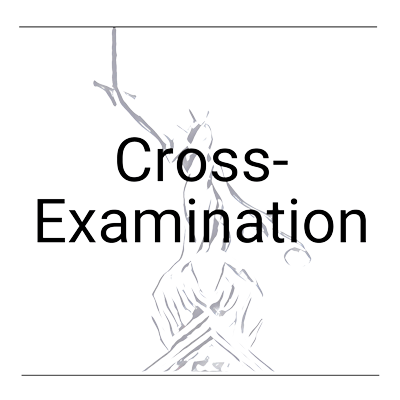Cross-Examination
How the evidence of a witness is tested at trial
All Contents > Witness Evidence and Questioning > Examination-in-chief > Cross-examination > Re-examination
“The purpose of cross-examination is to test the evidence of a witness, to expose weaknesses where they exist and, if so, to undermine the account the witness has given.”
On this page:
What is cross-examination?
Putting your case
Testing the reliability and credibility of a witness
When does cross-examination take place?
Conducting a cross-examination
Cross-examination examples
Vulnerable witnesses and defendants
Restrictions on cross-examination
If I am representing myself can I cross-examine a witness?
Further Information on Defendants in Person
What is cross-examination?
During their evidence-in-chief a witness is given the opportunity to give their version of events on behalf of the party who called them.
Cross-examination is the opportunity for the other side to then:
1. Put the opposing version of events to the witness (known as ‘putting the case’); and
2. to raise any other relevant matters which are capable of undermining their evidence.
The purpose of cross-examination is to test the reliability and credibility of a witness’s evidence, to expose weaknesses where they exist and, if so, to undermine the account the witness has given.

















